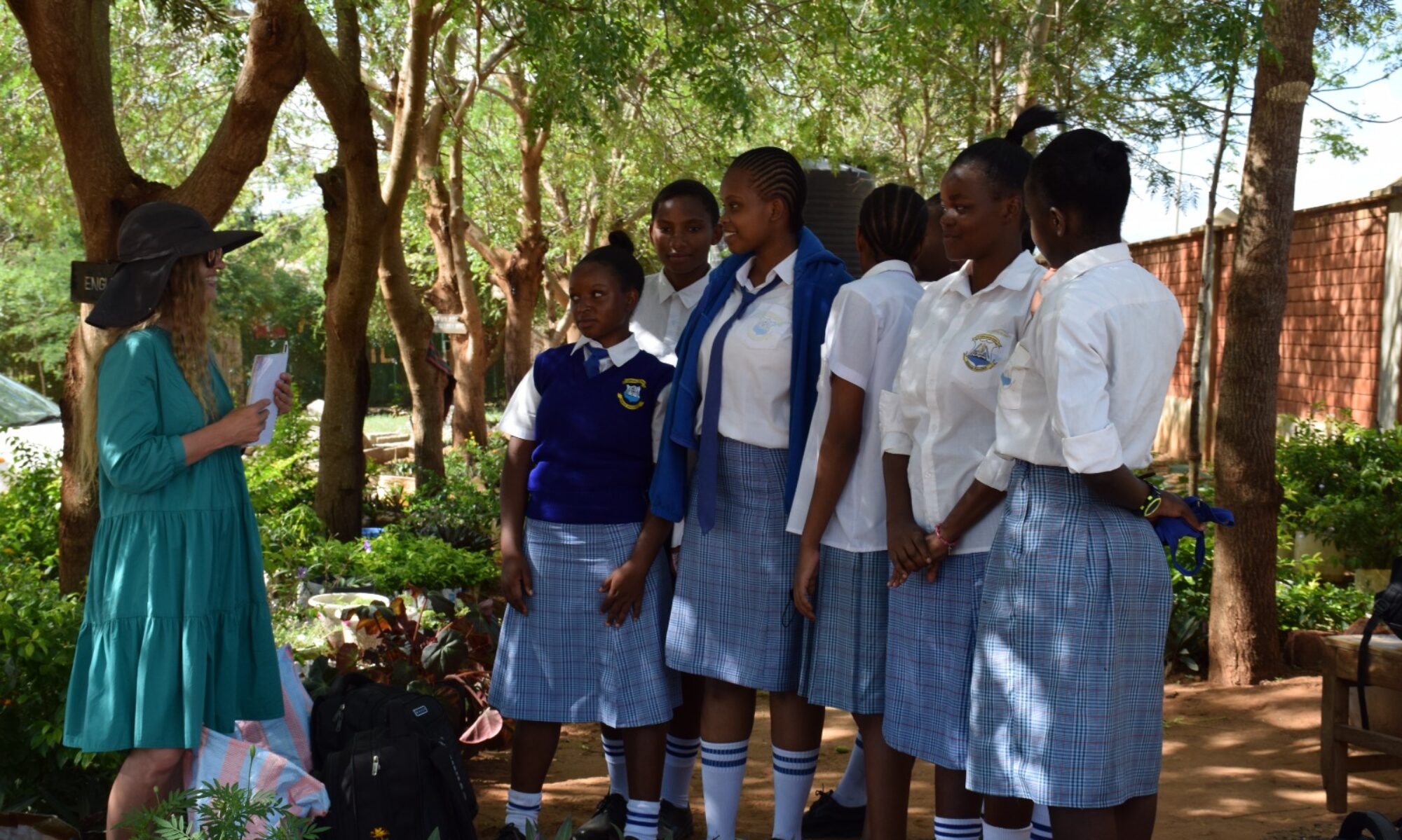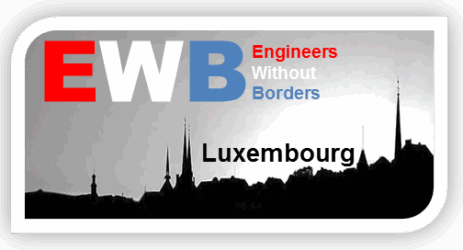2018
Installation of a Solar-Thermal System and Aquaponics System for the Hammam in the School Complex of Zerkten
Introduction The association “Les Amis du Centre Hospitalier Universitaire Mohammed VI” (LACHUMVI) began constructing the Zerkten school complex in 2011 to combat high dropout rates in rural areas. Located 80 km southwest of Marrakech, the complex includes primary school classes, accommodation buildings for boys and girls, and a canteen. The project aimed to improve education conditions, valorize local cultural and architectural heritage, optimize energy consumption, and involve the local community. Today, the school serves approximately 400 students, with 50% female attendance, which is a significant achievement.
Aquaponic System Workshop One of the sub-projects involved building an aquaponic system to introduce the technology to students through workshops.
Hammam Solar Thermal System
Description of the Project The project aimed to integrate a solar-thermal system to produce hot water and heat the hammam at the school. Traditionally, hammams use wood-fired furnaces to generate heat. The solar-thermal system was designed to cover or partially cover the hot water demand, particularly during summer and mid-seasons, with traditional methods supplementing in winter. The hammam comprises three rooms, each approximately 24 m².
Design of the Solar Installation The system chosen is an active indirect solar system, popular in areas with freezing risk. It consists of two circuits: the primary circuit circulates heat transfer fluids from collectors to a water tank, and the secondary circuit transfers heat to water for heating. The system design accommodates 400 students, considering their hot water needs for hammam visits. The solar installation aims to meet 100% of hot water needs in August and about 53% in December, supplemented by a rocket stove during colder months.
Implementation of the Solar System Local company OEKOTEC handled the system’s implementation, which includes six solar collectors covering 10.96 m² and two 500 L solar water tanks with double serpentine. Heat recovery systems were installed to optimize efficiency. A gas boiler was integrated to cover the hot water demand when the solar system is insufficient, with potential future integration of a biogas generator. At the end of the installation, the water temperature at the taps was measured at 61°C on December 1, 2018.
Conclusion Future plans for the project include installing a photovoltaic system (approximately 5 kW) to power all electric and electronic devices in the hammam autonomously. This aligns with the association’s mission to improve education conditions and sustainability in rural areas.






